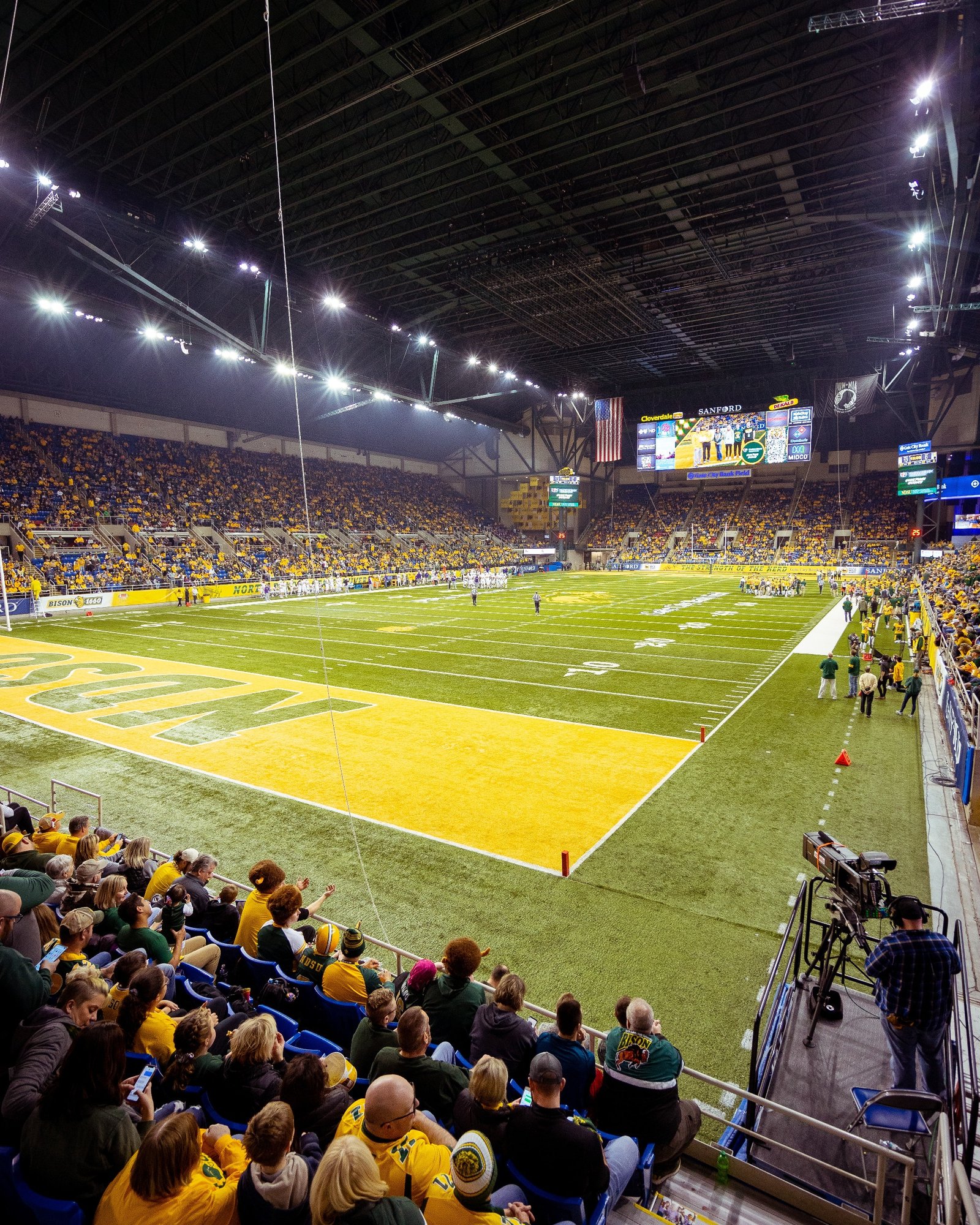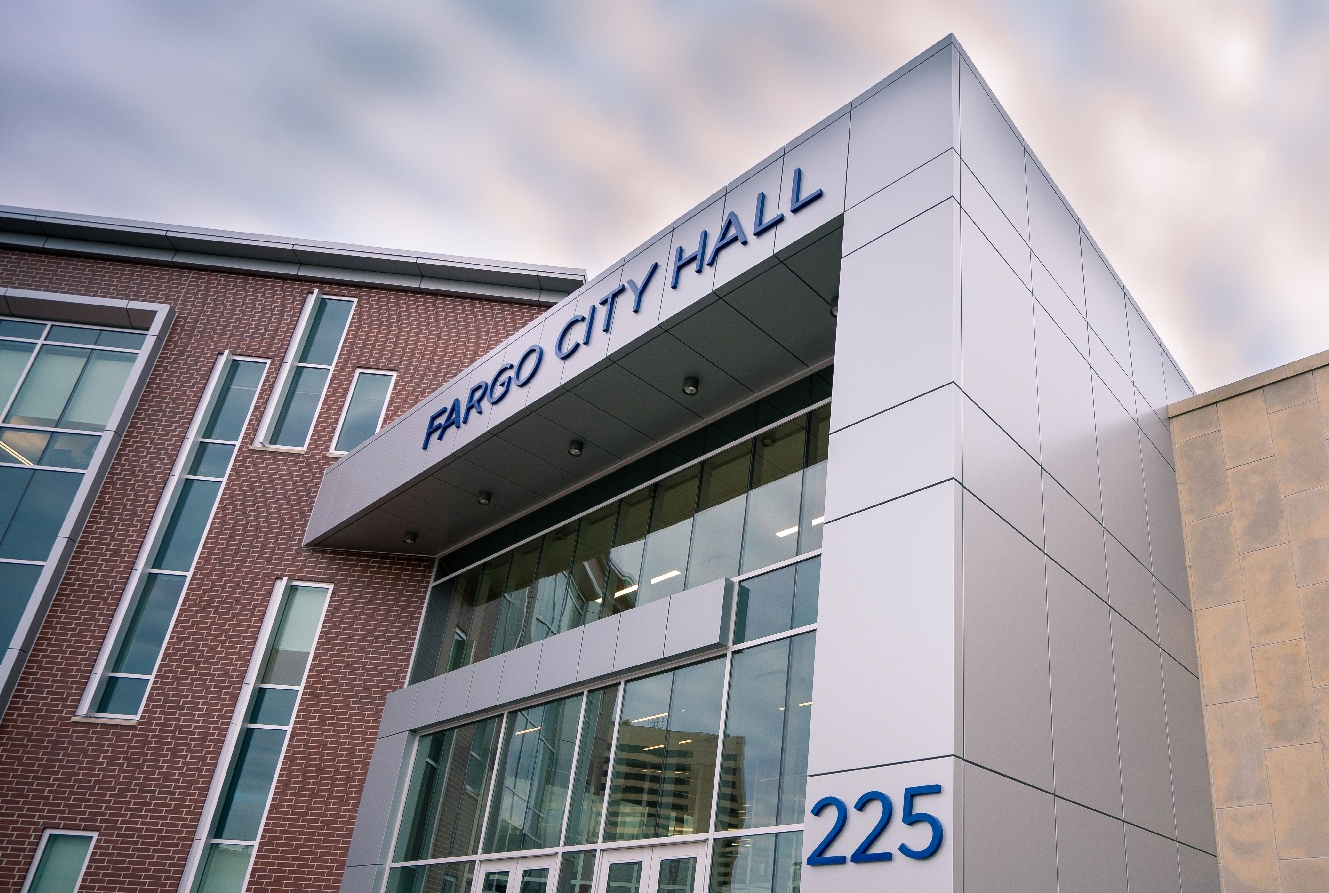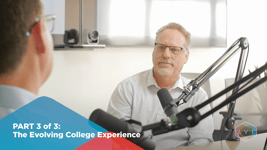A Joint Investment in Higher Education
The impact and frequency of public and private partnerships on large-scale projects are growing. In part 2 of this series, Brad and Jeff talk about the benefits and considerations of these joint operations.
Why not split the cost? (Pt. 2)
Public and private institutions are partnering more and more to invest in large-scale projects, including entertainment and sports venues. Why? It brings the cost down, which opens up opportunities that weren't present before. And Brad says there are also indirect benefits to both students and the universities because of these partnerships.
In the next part of this series, Brad and Jeff will talk about the evolution of the college experience. Today, college is far more student-centric than before. Much of that is thanks to the tech on campus.
Sign up for updates on this video series and more education-related content.
ABOUT THE SPEAKERS

Brad Sousa is an industry expert on visual and unified collaboration, digital media and enterprise solutions. He often speaks about technology trends, strategies and best practices at technology-focussed events, including InfoComm, and serves at CTO at AVI Systems.

Jeff Day is the founder of North of 10 Advisors, a Detroit-based a consulting agency, and serves as chairman of the AVIXA Board of Directors. He has worked in key leadership roles at prominent technology companies, including BlueWater Technologies and Cisco.
How to Set Up A Higher Ed Public-Private Partnership (P3s)


A public-private partnership structure often includes an availability payment structure. For example, a college or university identifies a partner in the private sector to design, build, operate and maintain an asset for a set period of time. The higher ed institution pays a predetermined amount to the private sector partner each year to cover costs – operating costs or interest on the loan, for example. The P3 is structured in a way that allows payments to decrease if performance measures aren’t met – which incentivizes the partner to keep the facility running efficiently.
Another P3 structure can be likened to that of a toll road. In this model, the private company gets all or part of its investment in the project back via user fees – student fees that are charged as part of tuition, for example.
The FARGODOME is one instance of a public-private partnership that's mutually benefitting the university in town, North Dakota State, and the local community. Read the case study online.




